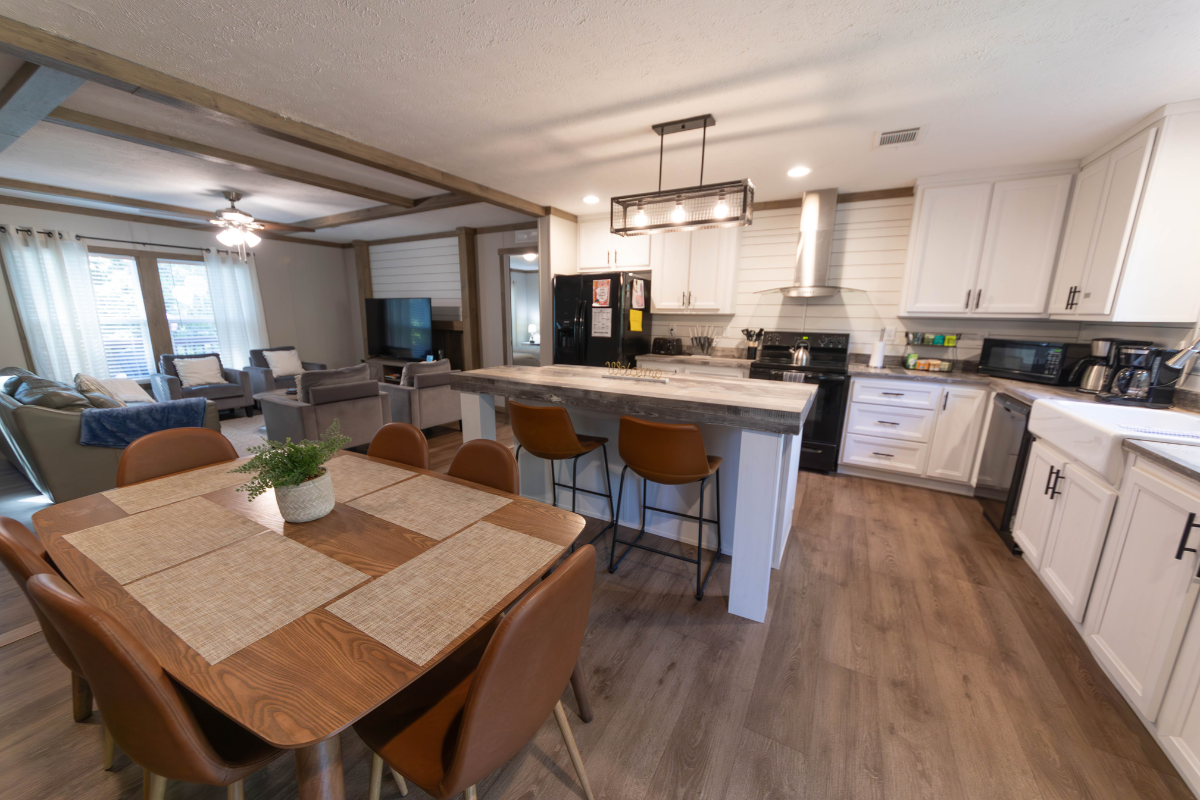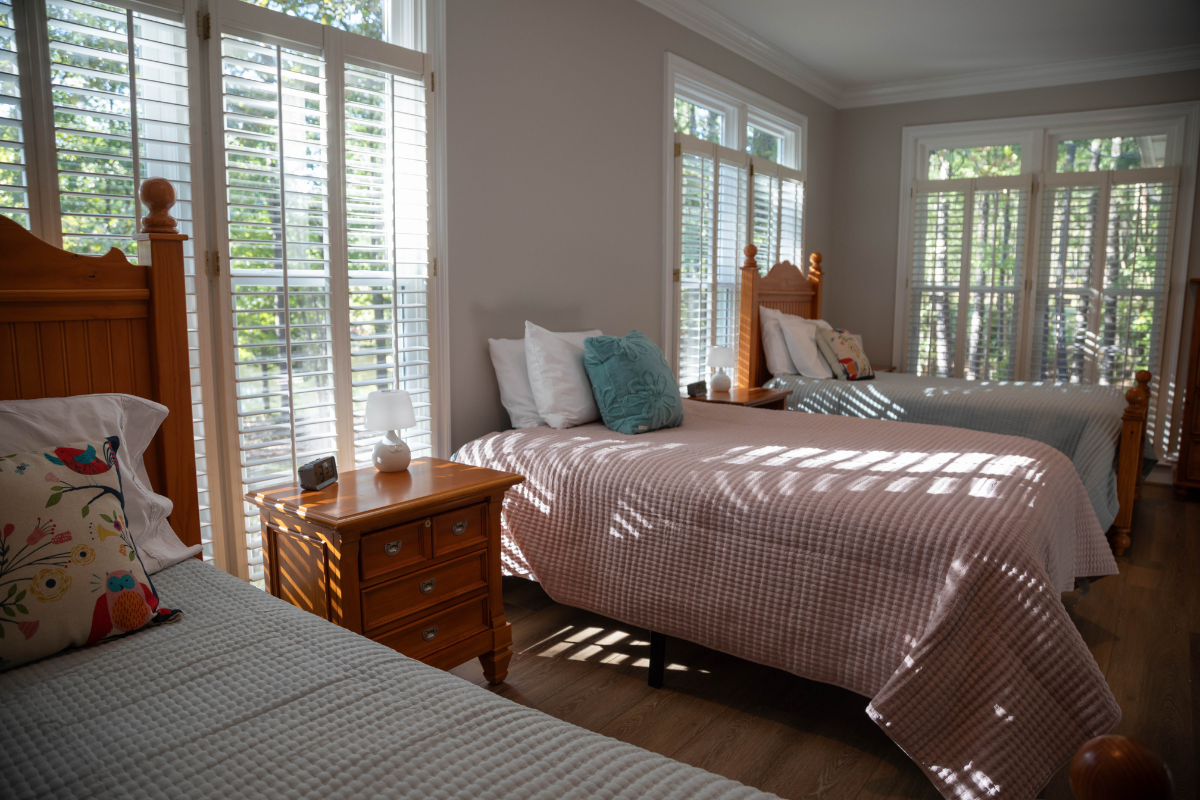In a society where terms like body shaming and weight shaming are all too familiar, one thing remains clear: these behaviors are deeply damaging. Whether labeled as fat shaming, weight bias, weight stigma, bullying, or harassment, the result is the same: making someone feel inferior because of their body size, shape, or appearance.
This destructive behavior not only harms one’s body image but can also lead to severe mental health problems and even eating disorders.
What is Body Shaming?
Body shaming is the act of criticizing, mocking, or demeaning someone based on their physical appearance. It often focuses on body size, shape, weight, or specific physical features, but it can also include things like skin tone, height, hairtype and texture, or signs of aging. At its core, body shaming sends the message that certain bodies are “wrong,” “undesirable,” or less valuable than others.
Body shaming is often thought of in its most direct and aggressive form: making cruel jokes, hurling insults, or openly mocking another person’s appearance. While those forms are painful, they’re actually the easiest to spot and call out. The truth is, body shaming goes far beyond direct meanness; it often hides in everyday interactions that don’t look harmful on the surface.
Let’s examine both explicit (direct and intentional) and implicit (subtle and often unconscious) forms of body shaming.
Direct body shaming includes outright insults, jokes, or actions that openly target someone’s body or physical appearance:
Calling someone names like “fat,” “skinny,” “whale,” “stick,” or “cow.”
Making cruel jokes about weight gain.
Teasing someone for eating certain foods (“No wonder you’re overweight if you eat that.”).
Mocking physical features like cellulite, stretch marks, scars, acne, or wrinkles.
Publicly pointing out someone’s body or commenting on changes in body size or weight with criticism or disgust.
Comparing people’s appearances to highlight who looks “better” or “worse.”
Using body size as shorthand for personality traits (“fat and lazy,” “skinny and weak”).
Criticizing someone for aging (“You look old for your age.”).
Shaming someone for their height (“You’re too short to be taken seriously.”).
Ridiculing disabilities or visible medical conditions.
Subtle body shaming often hides behind polite concern, compliments, or social norms, making it harder to recognize but still deeply harmful:
“You have such a pretty face” (implying the rest of their body isn’t attractive).
“That dress looks great, it makes you look slim.”
“You’d be so beautiful if you just lost a little weight.”
“I’m just worried about your health” (when it’s really about body size).
Commenting on food: “I wish I could eat like that and stay thin.”
Praising thin people for eating a lot while judging or ridiculing larger people for the same behavior.
“You’re so brave to wear that” (implies that their body is not the kind of body that should be seen in certains types of clothing, and they are “brave” for simply refusing to hide it).
Friends or family constantly putting themselves down (“I look disgusting”) in ways that reinforce harmful body ideals.
Exclusion in fashion or media—when larger, disabled, or aging bodies are absent or only shown negatively.
Workplaces or public spaces built only for smaller bodies (e.g., chairs, uniforms, or airplane seats that exclude larger people).
It’s important to understand that body image isn’t just about how we look; it’s about how we feel about how we look. When someone is repeatedly told, either directly or through media and societal messaging, that their body is in need of improvement, it can lead to deep-seated shame and disconnection from their physical self. These feelings can be particularly intense during adolescence, a period marked by identity formation and increased sensitivity to social judgment or feeling socially ostracized.
How Does Body Shaming Affect Body Image?
Body shaming can have a deep and lasting impact on how individuals see themselves. It often starts subtly, perhaps through a comment about weight, size, or shape, but its effects ripple far beyond the surface. Many people deeply internalize negative comments made about their appearance or body size. Over time, this can erode their self-worth and fuel harmful beliefs about what it means to be “good enough.”
Research shows that body shaming contributes significantly to poor body image. According to a study published in the Journal of Adolescent Health (Puhl et al., 2017), adolescents who experienced weight-based teasing were more likely to suffer from low self-esteem, depression, and disordered eating behaviors. This pattern was especially strong in teen girls, who often face intense scrutiny around appearance from an early age.
In another study from the Journal of Health Psychology (Himmelstein et al., 2019), researchers found that weight stigma and body shaming were associated with increased body dissatisfaction, emotional distress, and even avoiding exercise and seeking healthcare. This creates a cycle that can be difficult to break.
Why Do We Body Shame?
In general, people don’t body shame others because they’re born cruel; it happens because we live in a world that teaches us, over and over again, to measure worth and competence by appearance. In Western cultures, especially, body shaming is less about individual meanness and more about the social, cultural, and environmental forces that make us feel compelled, even entitled, to comment on and judge one another based on how we look.
1. Society ties worth to appearance.
From a young age, we’re surrounded by the message that looking a certain way—thin, youthful, fit, able-bodied—is the ticket to success, love, and belonging. Advertisements, movies, fashion, and even health campaigns reinforce the idea that certain bodies are “good,” desirable, or aspirational, and others are not. In a culture that constantly praises thinness, whiteness, wealth, and youth, (while erasing and/or ridiculing people who don’t fit the mold), body shaming can feel normalized and even expected.
2. Beauty standards are narrow and exclusive—by design
The “ideal body” in the United States has historically been defined in ways that exclude the majority of people. This ideal is not only about size but also about race, class, gender, and ability. For example, research shows the thin ideal has roots in racism, where thinness was promoted as a marker of whiteness, discipline, and superiority, while larger bodies were associated with “otherness” and inferiority. These ideals are still alive today, and they are still shaping our understanding of who should be valued and who should be shamed.
3. Society often caters exclusively to certain bodies
Public spaces often send the message that larger and differently abled bodies don’t belong: airplane seats are narrow, clothing stores carry limited sizes, public spaces lack wheelchair ramps and elevators, and medical equipment is not designed for body diversity. These structural exclusions reinforce stigma by making many people feel like outsiders or afterthoughts in everyday life.
4. Social comparison is constant.
Humans naturally compare themselves to others—but in a world saturated with edited images, “before and after” transformations, and carefully curated bodies online, those comparisons are relentless. When people feel insecure, it’s common to project that discomfort outward by shaming others, as if criticizing someone else’s body can protect their own place in the hierarchy.
5. Body shaming is normalized and passed down.
Many people grow up hearing parents, teachers, or peers talk negatively about their own bodies or others’ bodies. Comments like “I can’t eat that, I’ll get fat” or “You’d be so much prettier if you lost weight” become part of the cultural script. Without questioning it, people repeat these patterns and keep the cycle of shame alive.
How Can Parents + Teens Fight Body Shaming?
Challenging the culture of body shaming starts at home: with the words we use, the values we uphold, and the way we speak about our both own bodies and those of others. While body shaming is often reinforced by media, school environments, and social platforms, parents and teens have the power to challenge harmful messaging and replace the scrutiny and cruelty of body shaming with compassion, acceptance, and respect for bodies of all sizes and abilities.
1. Model Body Respect at Home
Parents play a significant role in shaping how teens perceive themselves and how they evaluate others. Avoid framing health, beauty, fitness, or physical ability as the measure of a person’s value. Instead of saying, “The important thing is being healthy,” try, “All bodies deserve kindness and respect.”
2. Talk About Media Literacy
Help teens understand that what they see on social media often isn’t real. Talk about filters, editing apps, and the curated nature of online content. Encourage conversations about unrealistic beauty standards and the pressure they may feel to seek validation through social media likes.
3. Create a No-Body-Talk Zone
Make home a safe space where family members and loved ones aren’t judged or scrutinized on their weight, shape, or appearance. This means not engaging in conversations, jokes, teasing, or even well-meaning remarks about weight and appearance. Shift the focus toward personal qualities, accomplishments, and feelings instead.
4. Validate Emotions and Encourage Open Dialogue
If a teen is struggling with body image, listen without judgment. Avoid dismissing their feelings (“You’re beautiful, don’t worry about it”) and instead explore where their concerns come from. Ask open-ended questions like, “What made you feel that way?” or “What do you wish you saw more of on social media?”
5. Celebrate Diversity in Bodies and Physical Features
Expose teens to diverse representations of beauty, including different races, body sizes, genders, abilities, and ages. Follow social media accounts that promote body neutrality or body positivity. Seeing people who look different from the mainstream “ideal” can normalize and affirm a wide range of appearances.
Sources
1. Vander Wal, J. S. (2012). “School-Based Weight Monitoring and Disordered Eating.” Eating Behaviors, 13(1), 70–72.
2. Puhl, R. M., Luedicke, J., & Heuer, C. A. (2011). “Weight-Based Bullying in Youth.” Journal of School Health, 81(11), 696–703.














































